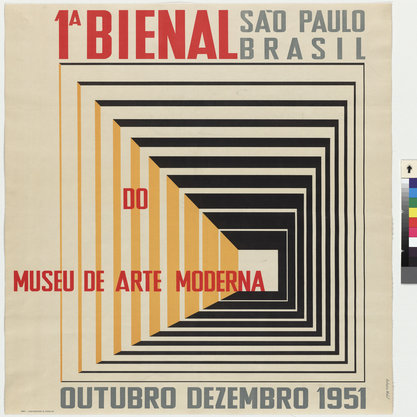Article
Dieste, Eladio (1917–2000) By Castaings, Marcos
Article
The Uruguayan engineer Eladio Dieste was trained at the School of Engineering of the University of the Republic at Montevideo, where he taught mathematics and mechanics. Approximating modernity to a vernacular register, altogether critical of internationalisation, he worked with specific material, economic and social conditions, notably with the use of brick, developing innovative techniques in masonry construction that lead to the so-called ‘second revolution in masonry vaulting.’ With the firm Dieste & Montañez, that he founded in 1954, he designed sport-facilities, warehouses, horizontal silos, and other industrial facilities, two churches and his own house, all examples of his most famous motto: ‘there is nothing more noble and elegant than resistance through form’ (Eladio Dieste, 2009: 31–56; 46). Among other texts, he published the essays Architecture and Construction, The Awareness of Form, and Art, People, Technocracy, where he analysed the intersections between architecture and engineering – on the same line used by D. P. Billington to define the idea of structural art, interpretive canon of his work– together with a rhetoric and aesthetic impulse very much moulded upon a strong Jesuit tradition.

